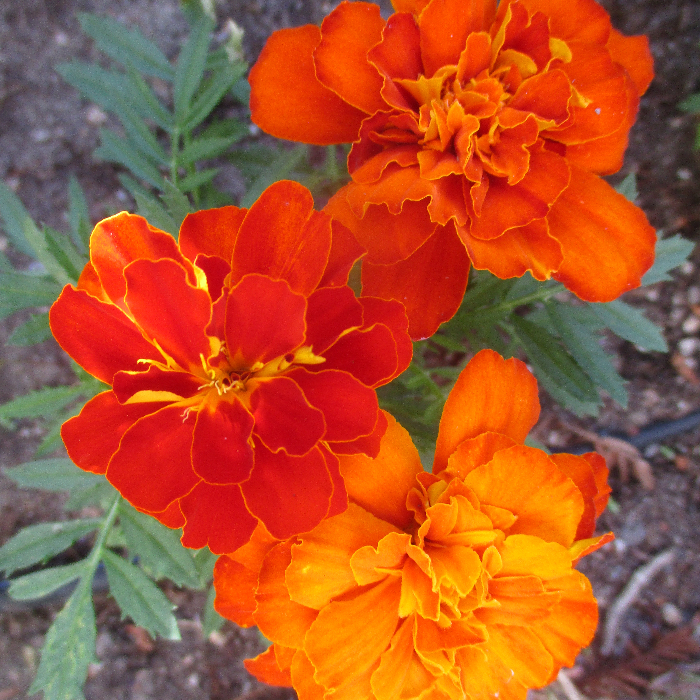UNITED STATES—Cool season vegetables will replace warm season vegetables during autumn. Also, cool season annuals will replace warm season annuals. Neither simple task is easy for warm season plants that continue to perform too well to remove. Conversely, some finish early. Autumn annuals may compensate until cool season annuals become more seasonable.
Summers here are long, dry and somewhat warm. Even petunias and other annuals that enjoy warmth and tolerate aridity may not want to perform for so long. Without occasional grooming, they can get shabby by late summer. The recent unusually warm weather only accelerated the process for this year. Summer weather might continue into early autumn.
Consequently, it may still be a bit too early for some favorite cool season annuals that do not appreciate arid warmth. Pansies can get scrawny and lay low in response to warmth. Ornamental cabbage and kale is likely to bolt (general floral stalks) after exposure to too much warmth. Such annuals perform better or for a longer season after summer warmth.
Autumn annuals provide transitional bloom between warm and cool seasons.
This is why autumn annuals are so popular. They replace tired warm season annuals by the end of summer, and bloom until the weather is cool enough for cool season annuals. Autumn annuals generally bloom for shorter seasons than warm or cool season annuals, but most last until frost or significant rain. After bloom, a few are actually perennial plants.
Chrysanthemums and marigolds may be the most familiar of autumn annuals. Marigolds are actually warm season annuals that can perform just as well during spring or summer. Late installation allows late performance, which can continue until frost or sustained rain. Chrysanthemums are actually perennials, so can grow and bloom again for next autumn.
Celosia and alyssum, like marigold, are warm season annuals that perform late after late installation. Sweet William is a cool season annual that, after early installation, begins to perform earlier. Several types of aster naturally bloom late in summer or early in autumn. Even if nasturtium already succumbed to warmth, fresh seedlings may perform until frost. Old plants, prior to deterioration, could have provided seed, albeit feral, for their own replacement.
Highlight: French Marigold
The Maya cultivated marigolds long before the French. After all, the ancestors of modern French hybrid marigolds, Tagetes patula, are endemic to Mexico and Guatemala. French horticulturists merely developed the hybrids that are now most popular. The largest might grow a foot high and wide. Otherwise, almost all grow lower as compact bedding plants.
Although many varieties of French hybrid marigold are available, their floral color ranges only through yellow, orange and red. Ruddy brown is merely dark orange. Creamy white is merely very pale yellow. Combinations of color within this minimal range are amazing nonetheless. White is rare only because richer traditional colors remain so very popular.
French marigolds are technically warm season annuals. With frequent deadheading and grooming, they can bloom from spring until frost. However, since they perform best while young, they are more popular as a shorter term annual. They often replace warm season annuals that finish a bit early, while the weather is still too warm for cool season annuals.
Tony Tomeo can be contacted at tonytomeo.com.






